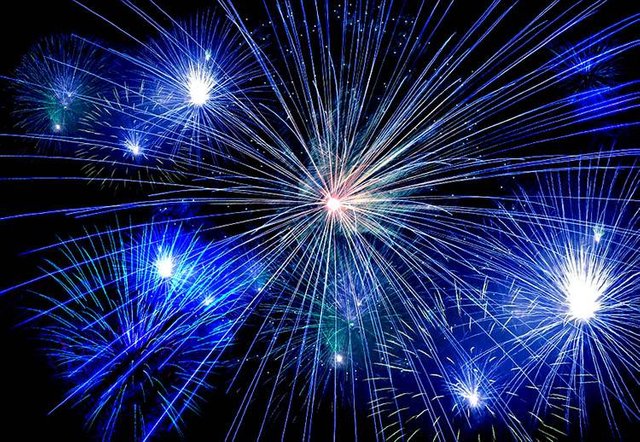Fireworks are an art! WHERE DOES THEIR COLOR TAKE FROM?
A real master not only takes care of visual effects, but also sound effects during the fireworks show. In order for the firecracker to smoke healthy you need to stock up on potassium chlorate, lactose and dyes - depending on the expected color of smoke. Flash crackers will be filled with magnesium, and bang and wheezing will contain large amounts of perchlorates, and sodium and potassium salts. You can also produce a sparking mixture, and then charcoal or lighting will be useful. In practice - especially for professional loads - various types of mixtures are used together. Not all, in one bag, but in the right order.
You can ask how to take care of the chronology during the fraction of a second lasting explosion? This is art. The pyrotechnic charge looks a bit like an onion. It consists of many layers. Firecracker must first rise into the air. Neither too high nor too low. In the first case, the visual effect will be miserable, and in the second - when it explodes too close to the viewers - a tragedy can occur. Real magic begins when the load is high above the heads. The individual layers light up from each other and explode in the order planned in advance. The viewer with bated breath admires the dense balls of multi-colored fire growing in all directions, or the flash and several long fire tongues falling in inertia. When everything seems to be over, flickering stars or fiery baubles suddenly appear. Darkness and silence follow. Until the next explosion, other than the previous one. Other than all previous ones.
Fireworks can be reduced to explosive chemistry. It can also be said that they are even an encyclopedic example of the principle of momentum conservation known to every physicist. But really fireworks are magic.
Firework colors:
carmine: lithium, bar and sodium
crimson: bar
red-yellow: calcium and barium
yellow: strontium, traces of sodium and calcium
white: zinc and barium
emerald: copper and thallium
blue-green: phosphorus compounds with trace amounts of sulfuric acid or boric acid, copper compounds
bright green: antimony
yellow-green: barium and molybdenum
azure: lead, selenium and bismuth
light blue: arsenic
purple / lilac: some potassium compounds with the addition of sodium and lithium
purple: potassium, rubidium and cesium
